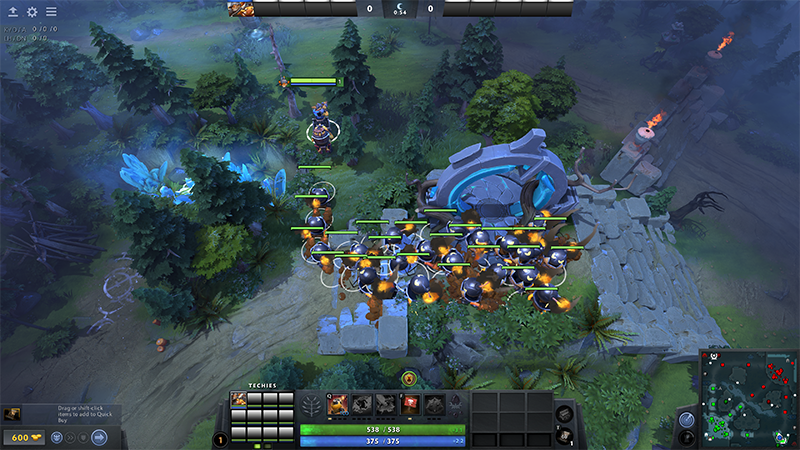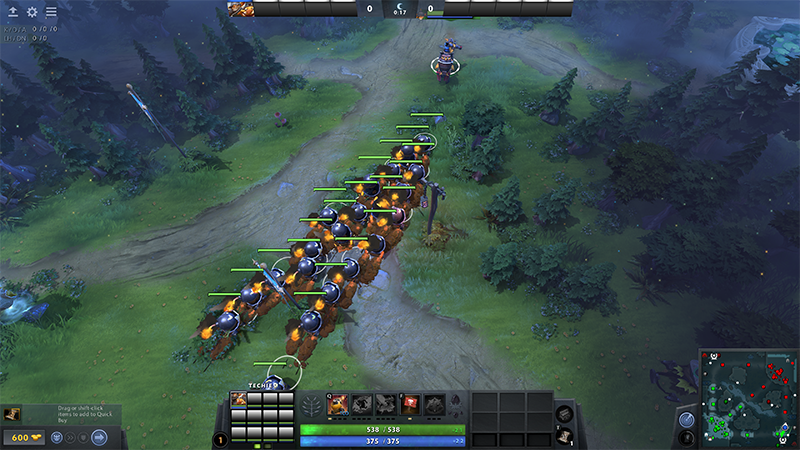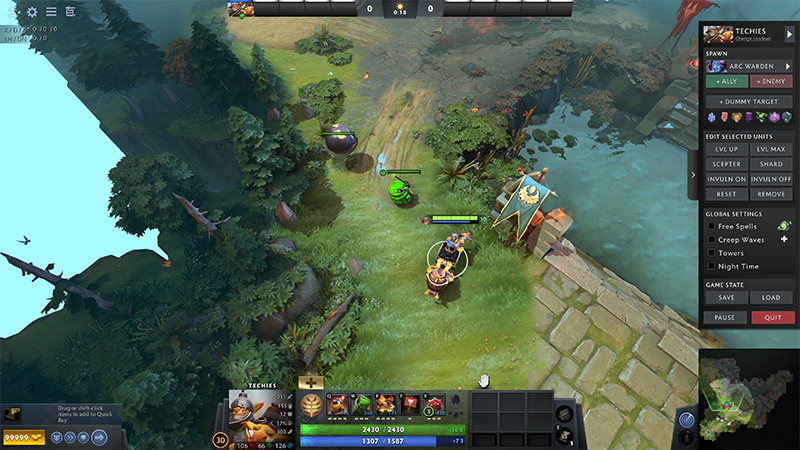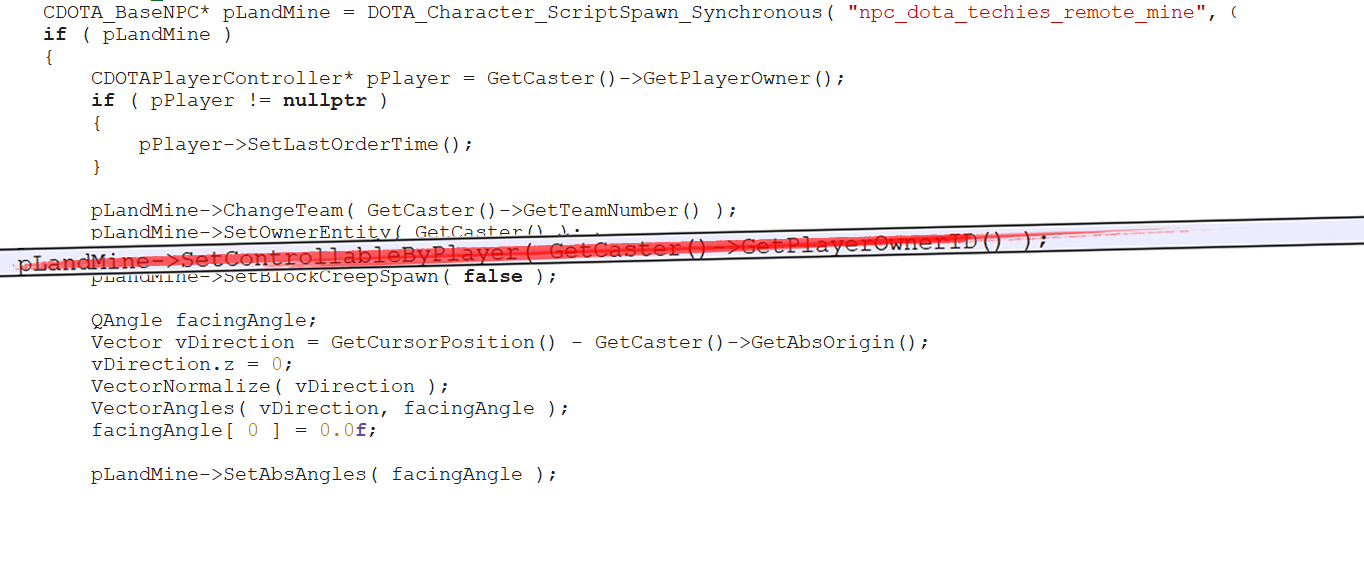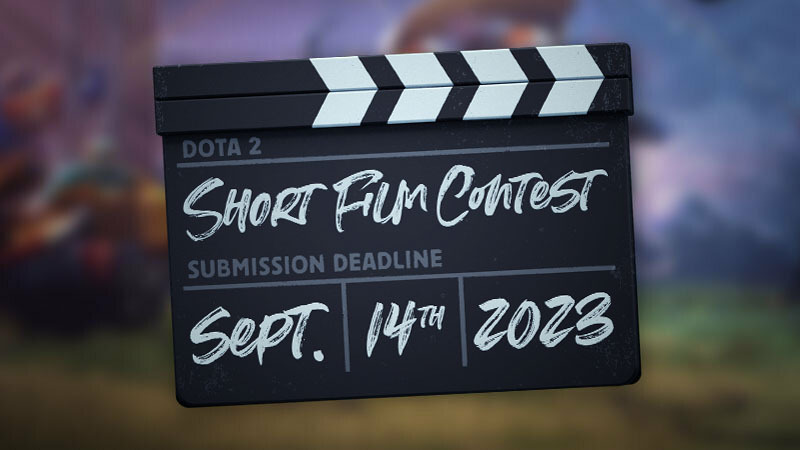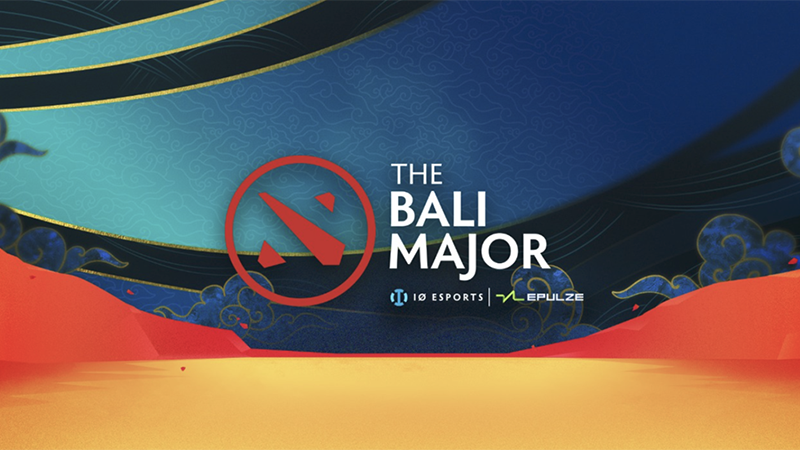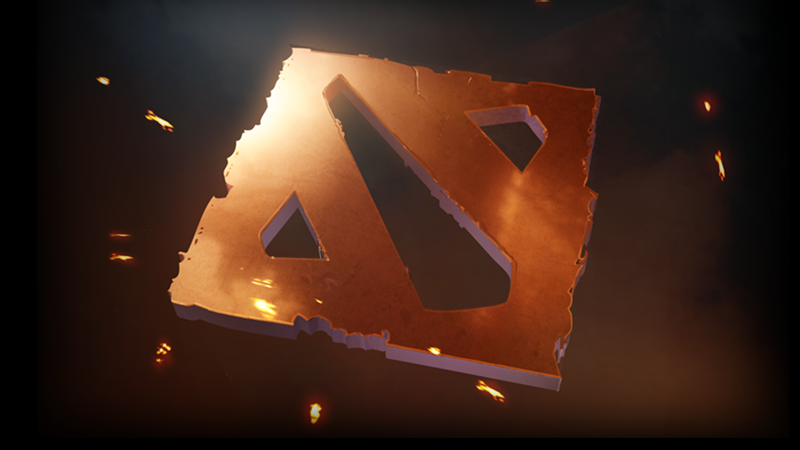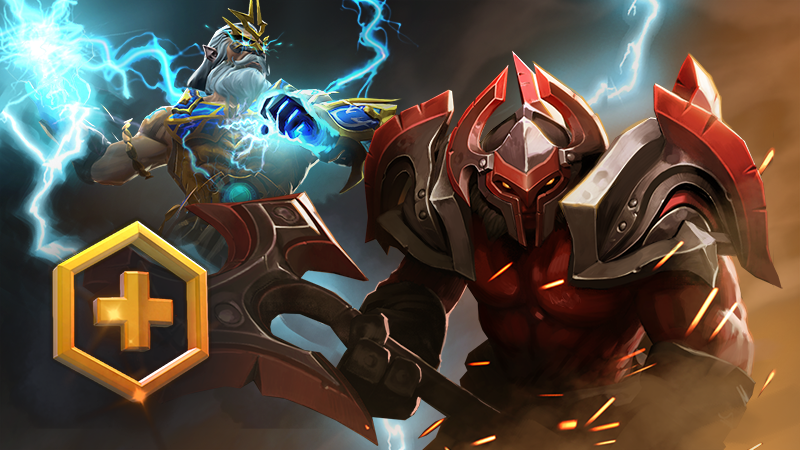
Aug 4, 2023
Dota 2 - krAnk0r
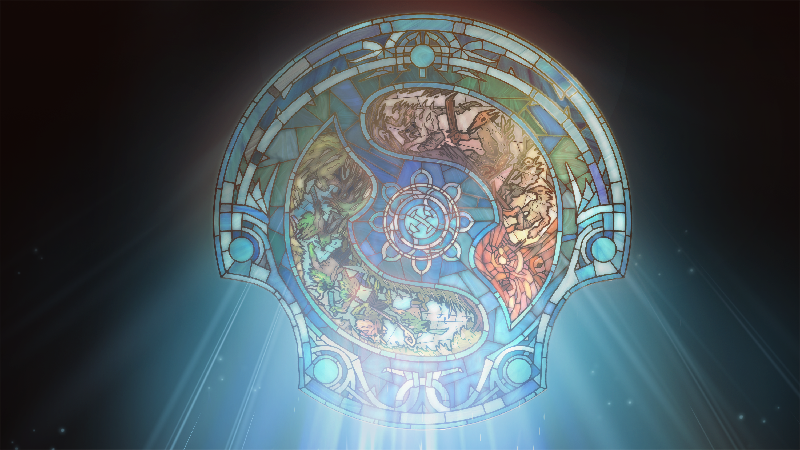
The International is fast approaching! After months of competition, twelve teams have secured their invites to TI, with eight more set to join them after the upcoming regional qualifiers.
The International is watched by millions, from casual players to seasoned veterans and retired pros. Every year we look for new opportunities to make The International even more exciting, entertaining and accessible than ever before. This year, we've focused on improving the viewing experience for a broader range of fans. While no format can be perfect, we're always trying to strike a balance between things that have worked in the past and things that could work even better in the future.
So with TI 2023 on the horizon, we wanted to walk you through every detail of the format changes we’re trying out this year, and our thought process behind them.
The Schedule
One obvious difference this year is the event schedule. A live competition is always more exciting when people can watch it as it’s actually happening, not hours or days later, and we wanted to make it easier for more people to do that.
To that end, we're scheduling nearly every game over a Friday-through-Sunday weekend break. It'll take three weekends to fit in all the games for a twenty-team tournament — a weekend for Group Stage (October 12-15), a weekend for Playoffs (October 20-22), and a weekend for The Finals (October 27-29).
The Road to The International
As a landmark esports event, The International attracts viewers who have never played Dota, or even watched a live gaming event. We hear a consistent message from first-time watchers: that TI is exciting, but can sometimes feel overwhelming. There are so many matches happening, new viewers can find it difficult to understand which to focus on.
So, this year we've split "The International" into two distinct phases, with two distinct names: The Road To The International, which includes Group Stage and Playoffs and captures all of the drama of pitting the best 20 Dota teams against each other until only eight remain; and The International itself, where those final eight teams battle to claim the Aegis of Champions.
So if you're already invested in Dota (and if you've read this far, that’s probably a yes), and want to watch every step of every journey, you'll still start it with The Road to The International — you can watch the Group Stage as you usually would, and the Playoffs will still be played live in front of an audience. And if you're new to Dota or The International, and just want to experience the biggest moments of the event, we’ve made it clearer what they are and when you can see them.
Group Stage
In the old Group Stage format, two groups of ten teams would play Round Robin over the course of four frantic days, usually five games at a time. This meant that each team was playing so many matches that early games just didn't feel meaningful. It also meant that a lot of matches in the final days of Group Stage were literally meaningless, because they wouldn’t actually affect the final standings. The challenge, then, was to come up with a Group Stage format that heightened the stakes of each and every game.
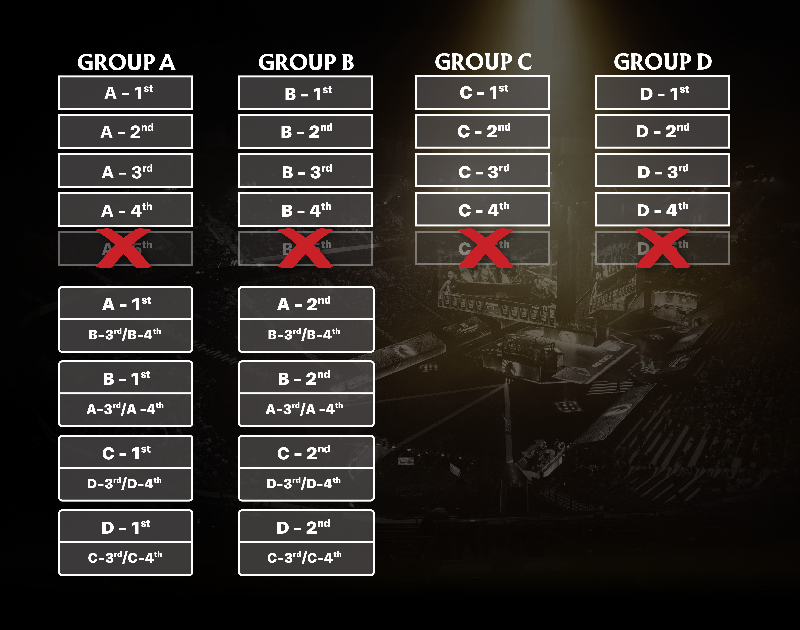
In the new Group Stage format, instead of two groups of ten teams playing for four days, four groups of five will now play for two, with the bottom team in each group getting eliminated. This means that every team will now only play four games instead of the previous nine, making every game impactful to a team’s final standings in the group.
Additionally, the second half of Group Stage is now composed of head-to-head matches between the remaining 16 teams, which will decide which teams enter the Playoffs in the Upper Bracket.
Playoffs
Playoffs kick off on Friday, October 20th at the Seattle Convention Center’s Summit, featuring the top eight teams fighting for the four Upper Bracket slots of The International. Saturday and Sunday will consist of a series of elimination matches, with the four survivors making it into TI’s Lower Bracket. Unlike previous years, all matches will be played in a best-of-three format.
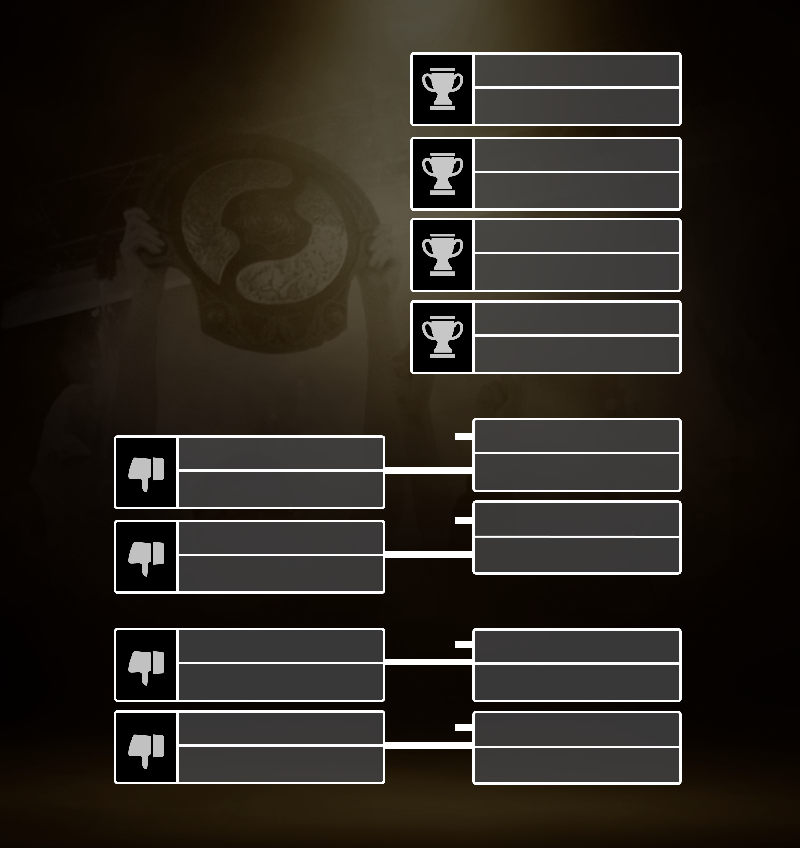
The International
The International will feature the final eight teams of the event, competing in Climate Pledge Arena October 27th to 29th to determine which team is the best in the world. Friday and Saturday will feature four best-of-three matches each day, and Sunday will feature a battle between the top three teams — first in the Lower Bracket Finals, and finally in the best-of-five Grand Finals.
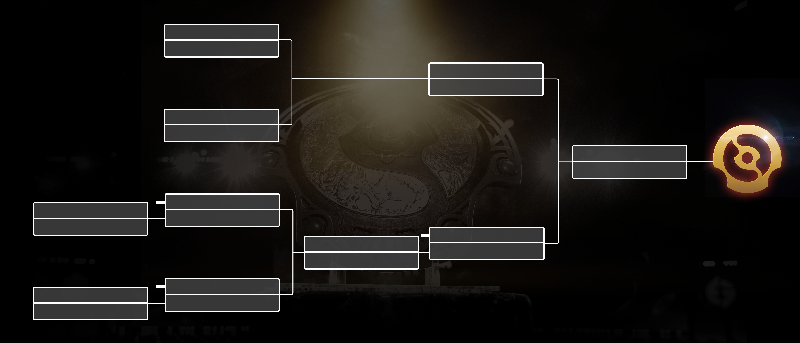
Putting It All Together
We’re thrilled to bring you year twelve of The International. It’s our goal to make every incarnation as exciting for invested fans as it is welcoming for newer players.
Tickets for both The Road To The International’s Playoff Stage at The Seattle Convention Center’s Summit, and The International itself at Climate Pledge Arena, will go on sale in the second half of August. We'll post additional details as soon as we get them.




 Introducing Between the Lanes, a new blog feature where we let members of our development team walk through some of the challenges, bugfixes, and occasional happy accidents we encounter while working on a game as unique as Dota.
Introducing Between the Lanes, a new blog feature where we let members of our development team walk through some of the challenges, bugfixes, and occasional happy accidents we encounter while working on a game as unique as Dota.